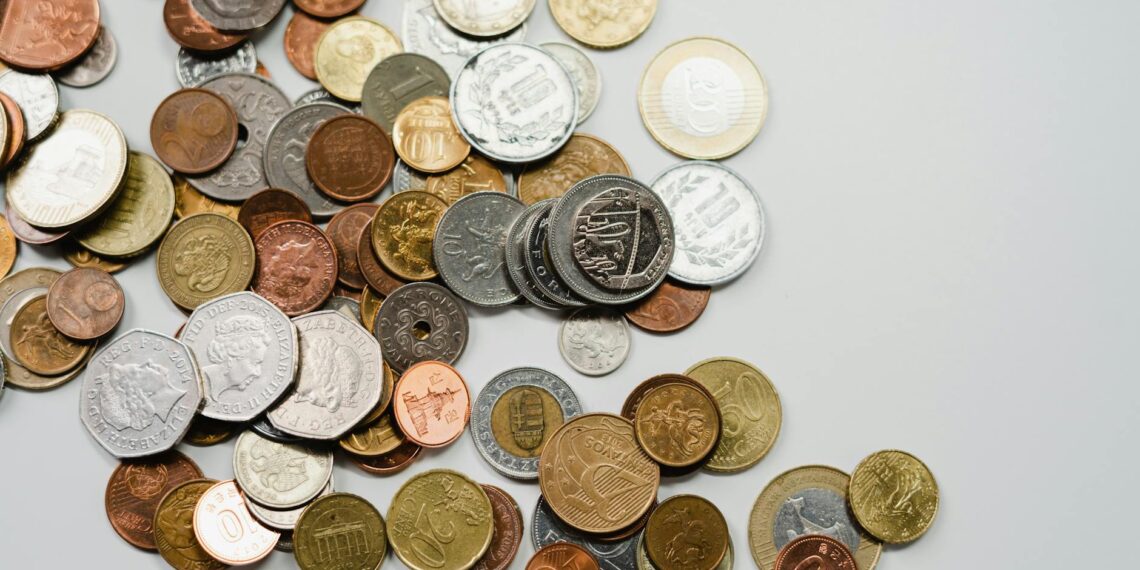If you’re wondering if a coin is worth more than its face value, here are several factors to consider:
- Rarity: Coins with a low mintage number (how many were originally produced) are generally rarer and thus more valuable.
- Condition: The better the condition of the coin, the more valuable it is. Coins are graded on a scale, with higher grades (like Uncirculated or Mint State) commanding significantly higher prices.
- Errors and Varieties: Minting errors (like off-center strikes, incorrect planchets) or distinct varieties (intentional design changes or unusual characteristics) can significantly increase a coin’s value. You can learn to identify errors with resources like the ”Cherrypickers’ Guide to Rare Die Varieties of United States Coins”.
- Bullion Content: If the coin is made of a precious metal like gold or silver, its inherent value based on the metal content will also contribute to its overall worth.
- Historical Significance: Coins tied to important events or historical figures often have enhanced value due to their historical context.
- Demand: The popularity and interest in a particular coin among collectors also play a big role in its value.
- Examine your coin: Note the coin’s denomination, year, and mint mark. The mint mark, a small letter, indicates the facility where the coin was produced. Certain mint marks, like “CC” for Carson City, are highly sought after.
- Check the mintage figures: Research the number of coins minted for that specific year and mint mark.
- Research online and in guides: Use online resources like [PCGS] and NGC price guides or physical guides like the ”Guide Book of United States Coins” (”Red Book”) to get an estimated value. Consider browsing past auctions on platforms like Heritage Auctions to see what similar coins have sold for.
- Look for Errors and Varieties: Examine the coin closely for any unusual features, focusing on the date, mint mark, primary devices (like the portrait), and the rim.
- Assess the Condition: Note the presence of luster (the coin’s original shine) and any signs of wear and tear, including scratches, marks, or discoloration.
For a definitive valuation, consider having your coins professionally appraised. You can:
- Visit a Local Coin Shop: Reputable shops can offer an informal appraisal and potentially buy your coins outright.
- Consult a Professional Grader: Services like the [PCGS] and the Numismatic Guaranty Corporation (NGC) offer professional grading services that authenticate coins, assign a grade based on condition, and encapsulate them in protective holders. Graded coins often command higher prices in the market.
Remember, while online resources and guides offer valuable information, professional appraisers have the expertise to accurately assess your coin’s grade, detect errors, and understand current market demand, providing the most precise valuation.









What coin is worth $40,000?
Good point! PCGS values a 1966 Jefferson Nickel in MS66 FS as worth $40,000 and the reason is the grade (MS66) and the striking designation “Full Steps” or “FS”. The 1966 nickel is extremely rare when the steps are fully struck and in the grade MS66 it’s a registry quality coin.
Where can I check my coins for free?
Download Coinoscope app on your Android or iPhone for FREE and start identifying coins!